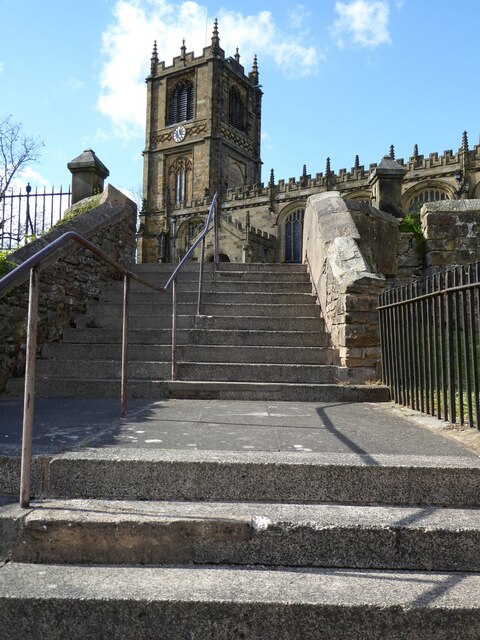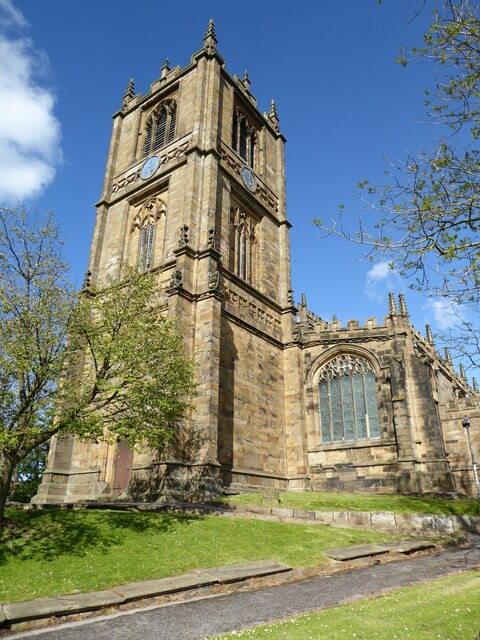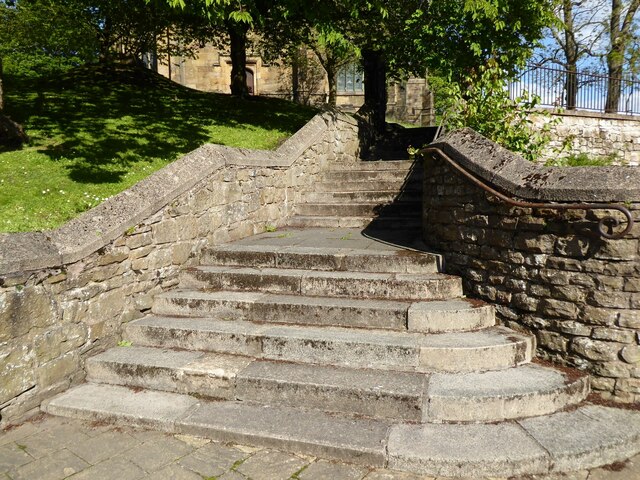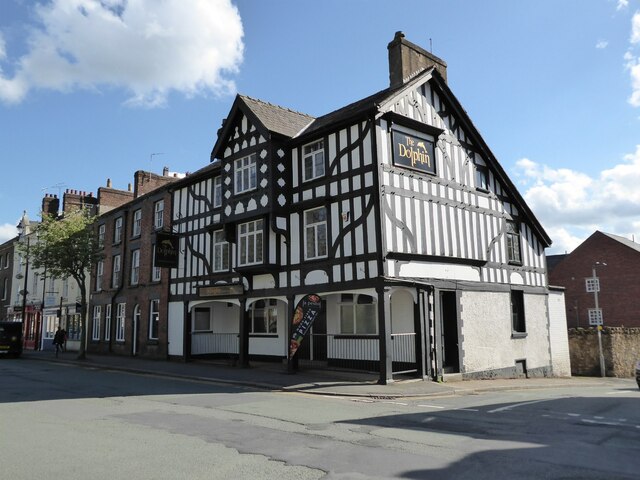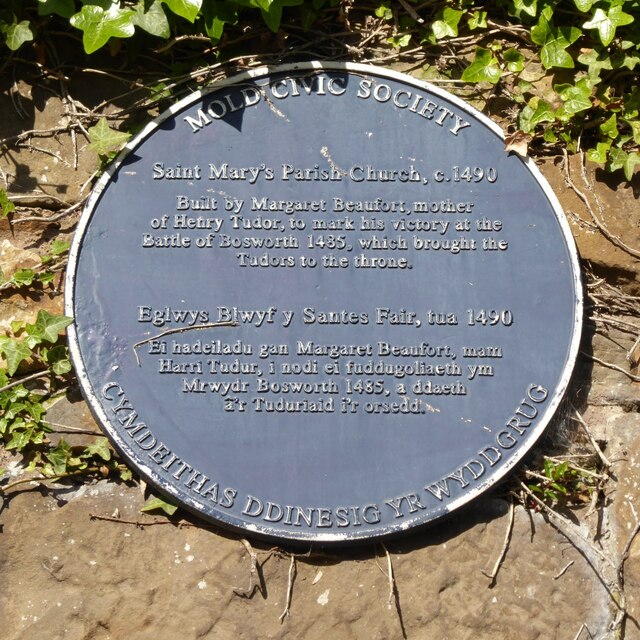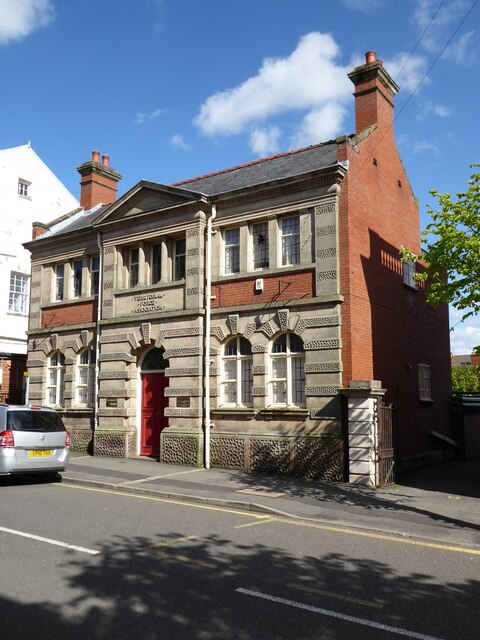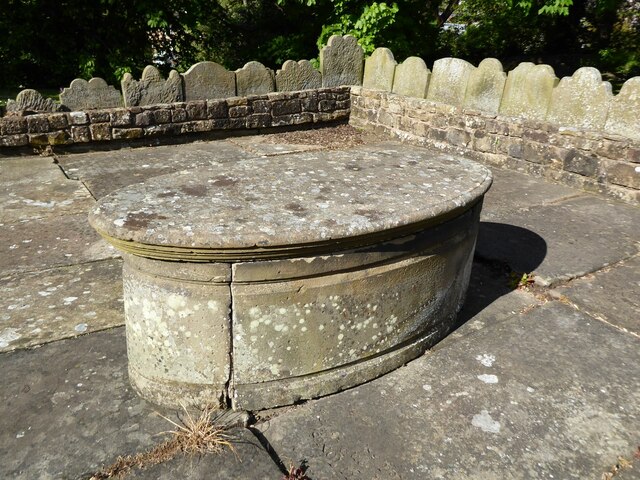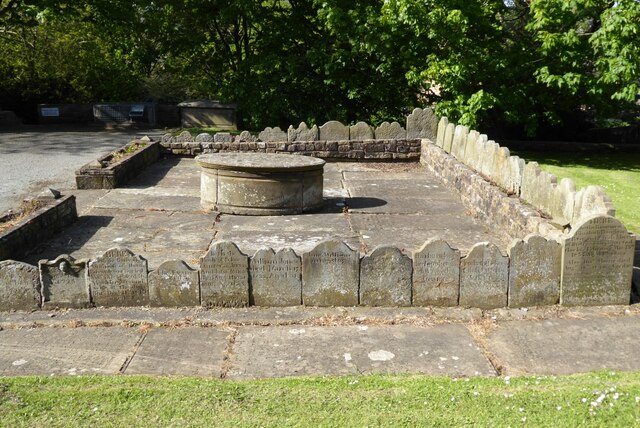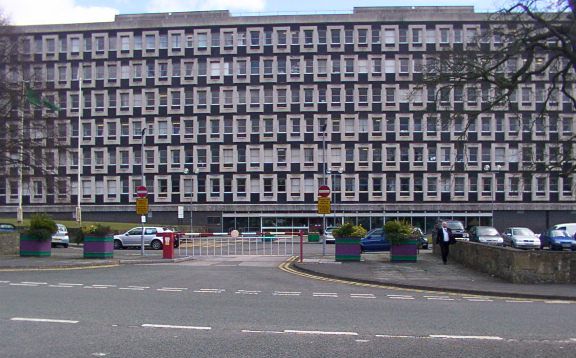Coed Ffoulkes
Wood, Forest in Flintshire
Wales
Coed Ffoulkes
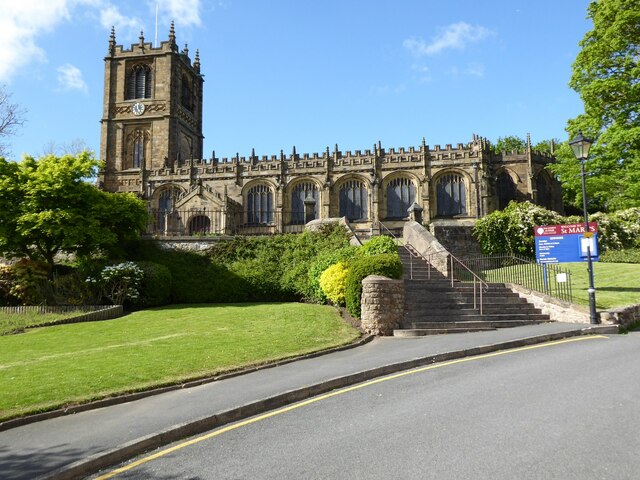
Coed Ffoulkes is a small woodland located in Flintshire, Wales. Situated near the town of Mold, it covers an area of approximately 50 hectares. The woodland is part of the larger Coed y Fron-Allt forest and is managed by Natural Resources Wales.
Coed Ffoulkes is predominantly composed of native broadleaf trees, including oak, beech, and ash. These trees create a dense canopy, providing a habitat for a variety of wildlife such as birds and small mammals. The woodland is also home to several species of plants and wildflowers, adding to its biodiversity.
The forest offers a tranquil and picturesque setting, making it a popular destination for nature lovers and hikers. There are well-maintained footpaths meandering through the woodland, allowing visitors to explore its beauty. The network of trails provides opportunities for both short walks and longer hikes, catering to different fitness levels and preferences.
Coed Ffoulkes is not only a haven for wildlife and outdoor enthusiasts but also serves as an important educational resource. It offers a range of educational programs and workshops to schools, promoting environmental awareness and conservation. These initiatives aim to engage young people in learning about the natural world and the importance of preserving it for future generations.
Overall, Coed Ffoulkes is a cherished woodland in Flintshire, providing a serene escape for nature enthusiasts, a habitat for diverse wildlife, and an educational resource for the community.
If you have any feedback on the listing, please let us know in the comments section below.
Coed Ffoulkes Images
Images are sourced within 2km of 53.182083/-3.1453407 or Grid Reference SJ2365. Thanks to Geograph Open Source API. All images are credited.
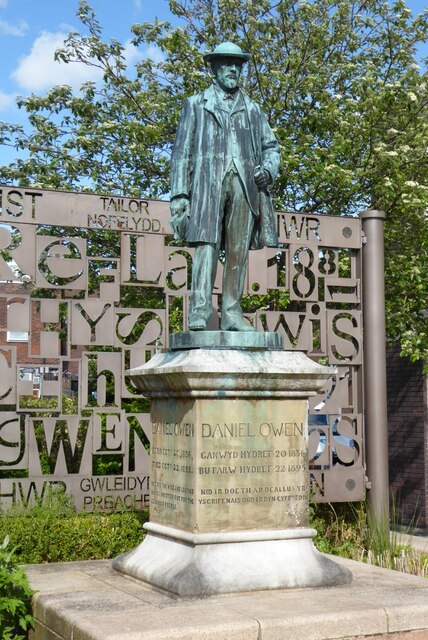
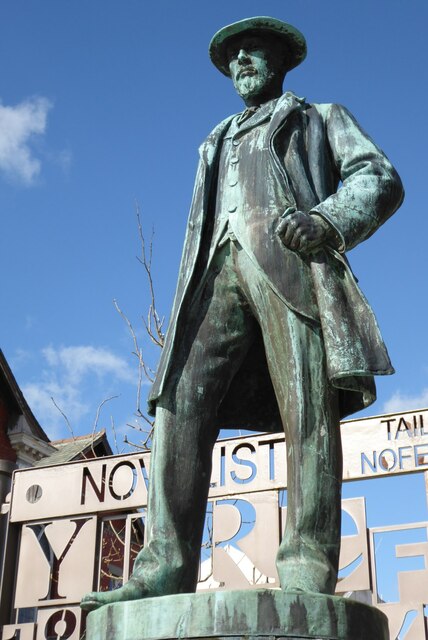
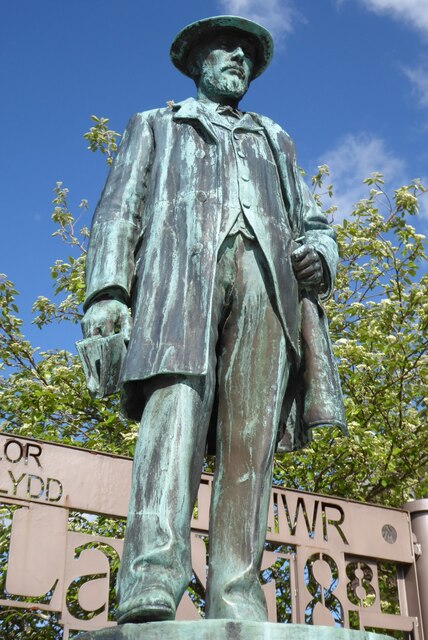
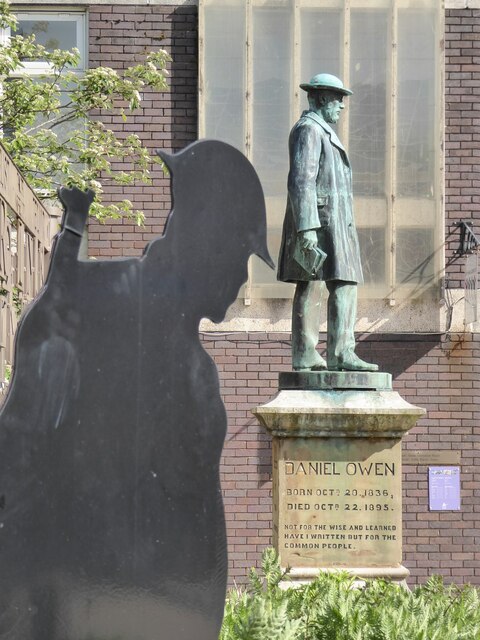
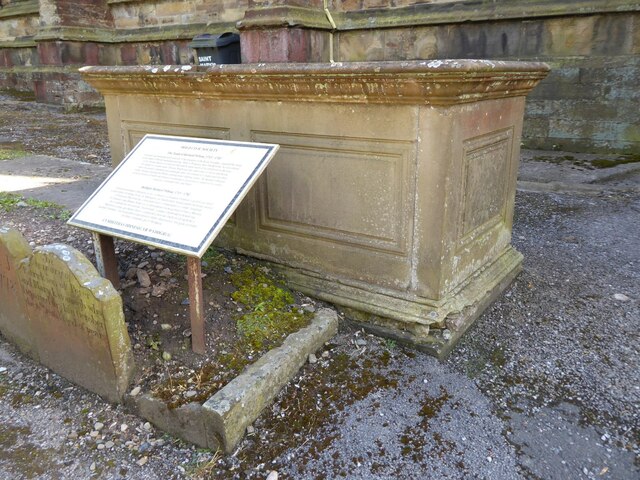
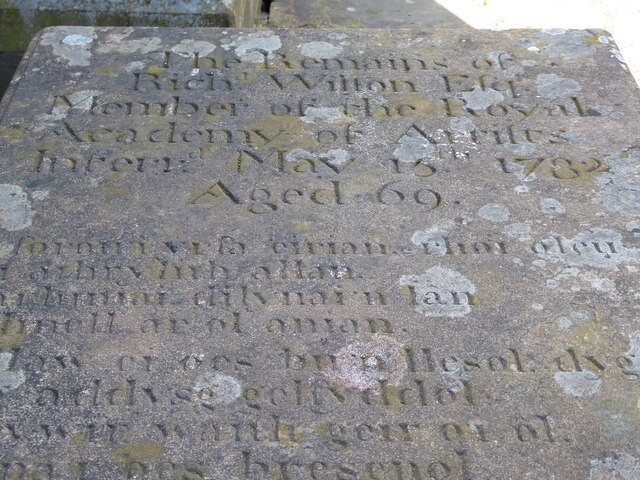
Coed Ffoulkes is located at Grid Ref: SJ2365 (Lat: 53.182083, Lng: -3.1453407)
Unitary Authority: Flintshire
Police Authority: North Wales
What 3 Words
///germinate.amicably.importers. Near Mold, Flintshire
Nearby Locations
Related Wikis
Theatr Clwyd
Theatr Clwyd (Welsh pronunciation: [ˈθeːatr ˈklʊɨd]) is a regional arts centre and producing theatre 1 mile (1.6 km) from Mold, Flintshire, in North East...
Mold Law Courts
Mold Law Courts is a Crown Court venue, which deals with criminal cases, as well as a County Court venue, which deals with civil cases, in Raikes Lane...
County Hall, Mold
County Hall (Welsh: Neuadd y Sir Yr Wyddgrug) is a municipal facility at Raikes Lane in Mold, Flintshire. It was the headquarters of the old Flintshire...
Sychdyn
Sychdyn or Soughton (meaning South Town) is a village in Flintshire, Wales. It is situated on the A5119 road, and is just over 1000 yards (1 km) north...
Mold Alexandra F.C.
Mold Alexandra Football Club (Welsh: Clwb Pêl-droed Alexandra Yr Wyddgrug) is a football club based in Mold in Wales. The club was founded in 1929 and...
Northop Hall Girls F.C.
Northop Hall Girls FC is a girls only football club based in Northop Hall, Flintshire in North Wales. The club's senior women's team joined the top level...
Mold Castle
Mold Castle (Welsh: Castell yr Wyddgrug), also known as Bailey Hill in the town of Mold, Flintshire, north-east Wales, is a motte-and-bailey castle erected...
Mold Community Hospital
Mold Community Hospital (Welsh: Ysbyty Cymuned yr Wyddgrug) is a community hospital in Mold, Flintshire, Wales. It is managed by the Betsi Cadwaladr University...
Nearby Amenities
Located within 500m of 53.182083,-3.1453407Have you been to Coed Ffoulkes?
Leave your review of Coed Ffoulkes below (or comments, questions and feedback).
